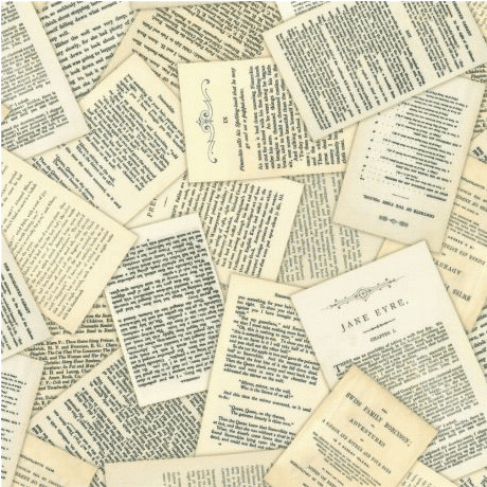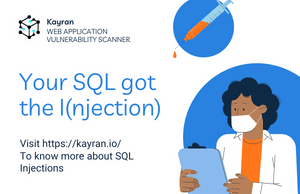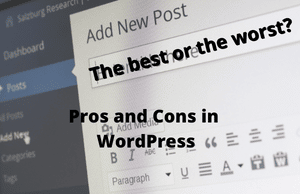At some point in your life you must have asked, what is a SPA? and, of course, what are the differences between SPA and MPA?
And if not, read on anyway, because knowing the SPA and MPA configurations is very important if you wish to know more about websites in general, let’s tell the tale of Single and Multi-Page Applications.
So, a Single Page Application also known as single page interface (or SPI) is a web application whose sole purpose is granting a faster, more fluid user experience with emphasis on the fact that everything fits perfectly on a single web page, the goal is to provide an experience similar to the structure of desktop-apps by preventing going from page to page in order to “refresh data” , just like a desktop app\software will do.
On the other hand, Multi Page applications, also known as MPA which are far less advanced, are based around “traveling” from one page to another.

When we click a certain link in a site what we actually do is not “jumping” to a whole different website but what we do is basically just flipping through the pages kept on the server, through those pages we send a link which send a request to the server and completely refreshes all data, even if that “refreshment” is minor, we’re on a whole different page now, and this page is completely different from the previous one.
Stop fiddling and tell me, what’s the difference between SPA and MPA ?
Now, i’m not gonna tell you which is better (ahem ahem SPA) because that actually depends on your personal preference and whether you like to work hard since building using the SPA method is much harder, but still, let’s talk about modernization.
It’s in our nature to always look for ways to perfect ourselves and the way we work, part of that perfection involves speed, and, when we use a SPA what we actually do is running a written JavaScript program, that its functions are always active in the background, and that my friends, is how we “save time” and the need to refresh and doing field-trips across different pages, it will get the data you need from the server without reloading!
It also saves us a lot of bandwidth, and time, and you know that time = money (who doesn’t like money ???)
it’s also recommended using the SPA method for more complex applications .
Let’s look at an example, Gmail, probably the most common E-mail platform, if you have not noticed before the page never refreshes, he is updating itself constantly, making itself a fast and Good to use platform.
Hard work pays off !

In conclusion my dear friends, always choose progress, and if you want to know more on SPA’s (not the hotel type), MPA’s and other ways of protecting your web applications remember my constant tip,
always go for the pros, choose Cytrix.






